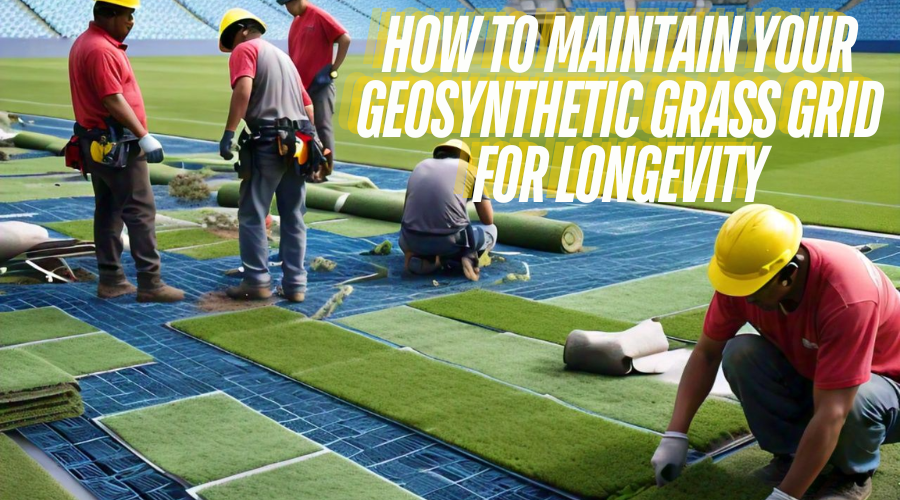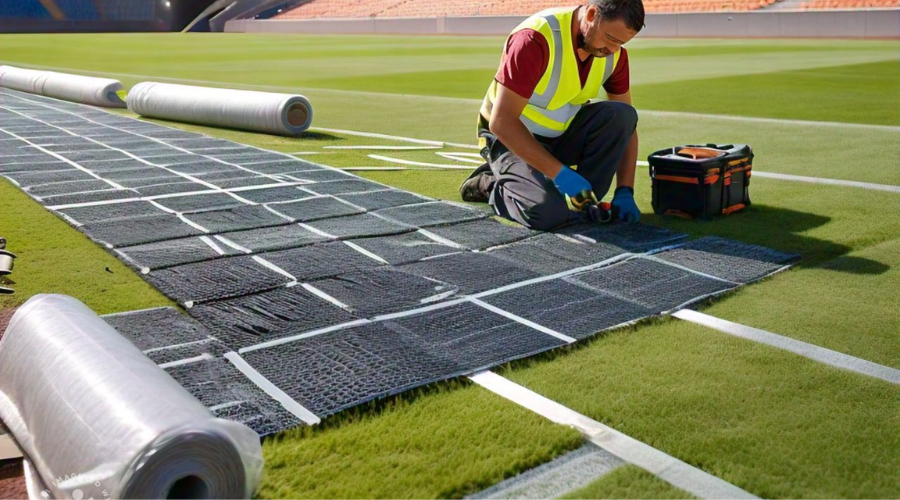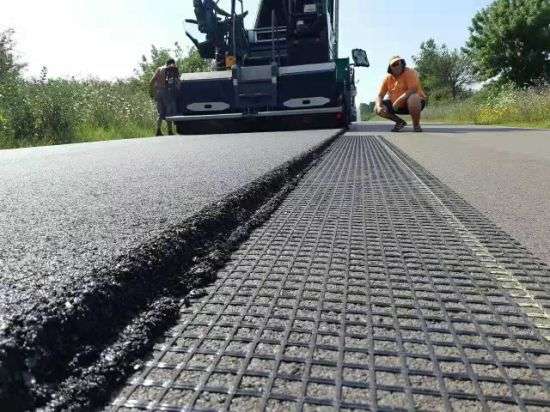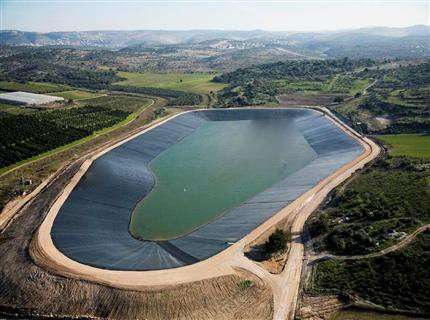
Blog

Jun 26,2024
How to Maintain Your Geosynthetic Grass Grid for Longevity?
Imagine stepping out your door and sinking your toes into a vibrant green haven. Geosynthetic grass grids make this dream a reality, transforming lifeless patches and slopes into functional and aesthetically pleasing spaces. But just like a prized bonsai tree, your grass grid needs a touch of TLC to ensure it thrives for years. Fear not, fellow green thumbs! This guide equips you with the knowledge to nurture your grass grid and keep your green oasis flourishing.
Routine Refresh: Cultivating a Healthy Grassgrid
Regular maintenance is the lifeblood of an ever-green geograss grid. Here's how to keep your green haven thriving:
• Brushing Buddies:
Become your grass grid best friend with a stiff brush! Brushing regularly whisks away unwanted guests like leaves, twigs, and dirt that can accumulate and hinder drainage. Think of it as creating air channels for your green masterpiece – ensuring water and air flow freely through the infill material. Brushing also helps the grass blades stand tall, keeping your grass grid neat and tidy.
• Infill Insights:
Infill, the material that fills the spaces between the grid cells, is vital to stability and drainage. Over time, infill can settle or get washed away by enthusiastic spring showers. Become an infill inspector – regularly check your geograss grid and top up any areas that appear low. Imagine refilling your green puzzle – ensure all the pieces are in place for optimal performance.
• Weed Warriors:
Weeds are the uninvited guests at your green party. Address them promptly to prevent them from disrupting the grass and compromising drainage. Consider using a hand weeder or a gentle, eco-friendly weed control solution. Remember, a targeted approach is vital – you want to eliminate the weeds without harming your precious grass.
Seasonal Shifts: Adapting Your Care Routine
Just like our wardrobes change with the seasons, so too should your grass grid maintenance approach:
• Spring Awakening:
Spring showers might bring May flowers, but they also potentially wash out infill. Inspect your grass grid after heavy rain and top up any depleted areas. Brushing becomes even more crucial in spring, as new growth can bring more debris. Think of it as spring cleaning for your green haven.
• Summer Sizzle:
Hot summer days can dry out the infill. Consider giving your green haven a refreshing drink with occasional watering, especially in areas with low rainfall. Imagine keeping your green oasis hydrated under the scorching summer sun.
• Autumnal Hues:
Autumn brings falling leaves, which can accumulate on your grass grid. Regular brushing becomes even more critical during this season to prevent drainage issues. Think of it as raking up the leaves before they become a colorful (but problematic) blanket on your green masterpiece.
Troubleshooting Common Woes: Keeping Your Grass Grid Thriving
Even with proper care, occasional challenges can arise. Here's how to tackle common grass grid issues:

• Drainage Dilemmas:
If you notice water pooling on your grass grid, it might indicate clogged drainage channels. Clear any debris blocking the channels and ensure the surrounding area allows proper water flow. Imagine uncorking a bottle – you want the water to flow freely through the drainage system.
• Shifting Grids:
Grass grid sections might shift slightly over time due to ground movement. If you notice this, carefully push the sections back into place and ensure all connections are secure. Think of it as putting the puzzle pieces back together, providing a stable foundation for your green haven.
• Patchy Grass Growth:
Uneven grass growth can sometimes occur. Check for areas with compacted infill, which can hinder root development. Loosen the infill in those areas to allow for better root penetration. Imagine creating a fluffy green carpet – loosening the infill to give the grassroots more room to breathe and thrive.
FAQs: Maintaining Your Geosynthetic Grass Grid
1. How often should I brush my grass grid?
Brushing frequency depends on usage and debris accumulation. A good rule of thumb is to brush at least once a month, with more frequent brushing during periods of heavy leaf fall.
2. What type of infill should I use?
Choose an infill designed explicitly for grass grids, ensuring proper drainage and stability. Consult with a landscaping professional for recommendations based on your specific needs.
3. Can I use my grass grid year-round?
Absolutely! Geosynthetic grass grids are built to withstand various weather conditions. However, seasonal adjustments to your maintenance routine might be necessary.
Conclusion: A Sustainable Oasis for Years to Come
Following these simple maintenance tips ensures your geosynthetic grass grid provides a beautiful and functional space for years. Regular brushing, infill top-ups, and seasonal adjustments are all necessary to keep your green haven thriving. Remember, a well-maintained grass grid isn't just aesthetically pleasing; it's a testament to responsible environmental stewardship.
Beyond Beauty: The Environmental Benefits of a Thriving Grass Grid
Geosynthetic grass grids offer a surprising array of environmental benefits. They help reduce erosion on slopes, particularly during heavy rains. Imagine tiny green soldiers holding back the tide of soil erosion, protecting your property and the surrounding environment. Additionally, grass grids promote rainwater infiltration, replenishing groundwater reserves and reducing the burden on storm drains. Think of your grass grid as a natural sponge, soaking up rainwater and filtering it back into the earth. Finally, grass grids even contribute to mitigating the urban heat island effect. The lush green surface reflects sunlight and absorbs heat, helping to cool down your local environment, especially in densely populated areas. Imagine your grass grid acting like a giant air conditioner, keeping your neighborhood cooler on scorching summer days.
Embrace the Joy of Green Stewardship
With proper maintenance, your geosynthetic grass grid becomes more than just a beautiful addition to your landscape; it becomes a symbol of responsible environmental stewardship. The refreshing scent of freshly cut grass after brushing, the feeling of a well-kept green space, and the knowledge that you're contributing to a greener future are the rewards of nurturing your grass grid. So, grab your brush, embrace the simple pleasures of green maintenance, and transform your bare patch into a thriving oasis that benefits you and the environment.







